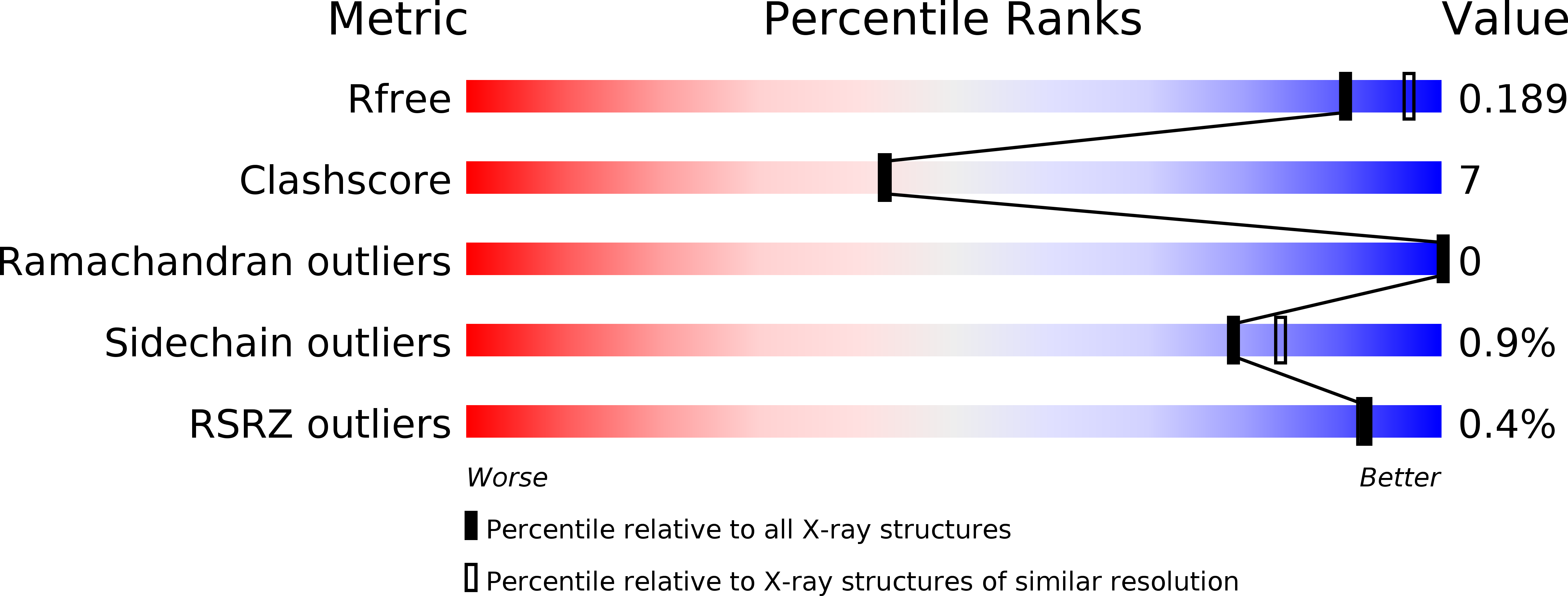
Deposition Date
2006-04-28
Release Date
2006-07-04
Last Version Date
2023-08-30
Entry Detail
PDB ID:
2GTX
Keywords:
Title:
Structural Basis of Catalysis by Mononuclear Methionine Aminopeptidase
Biological Source:
Source Organism:
Escherichia coli (Taxon ID: 562)
Host Organism:
Method Details:
Experimental Method:
Resolution:
2.00 Å
R-Value Free:
0.24
R-Value Work:
0.19
R-Value Observed:
0.20
Space Group:
P 1 21 1


